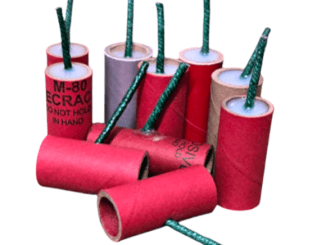The humble yet essential vintage carpet stretcher is more than just a tool—it represents a time when craftsmanship and manual skill played a pivotal role in home decor. Before modern technology simplified carpet installation, the vintage carpet stretcher was a key player in ensuring smooth, wrinkle-free carpets. This article explores the fascinating history, evolution, and enduring legacy of this specialized tool.
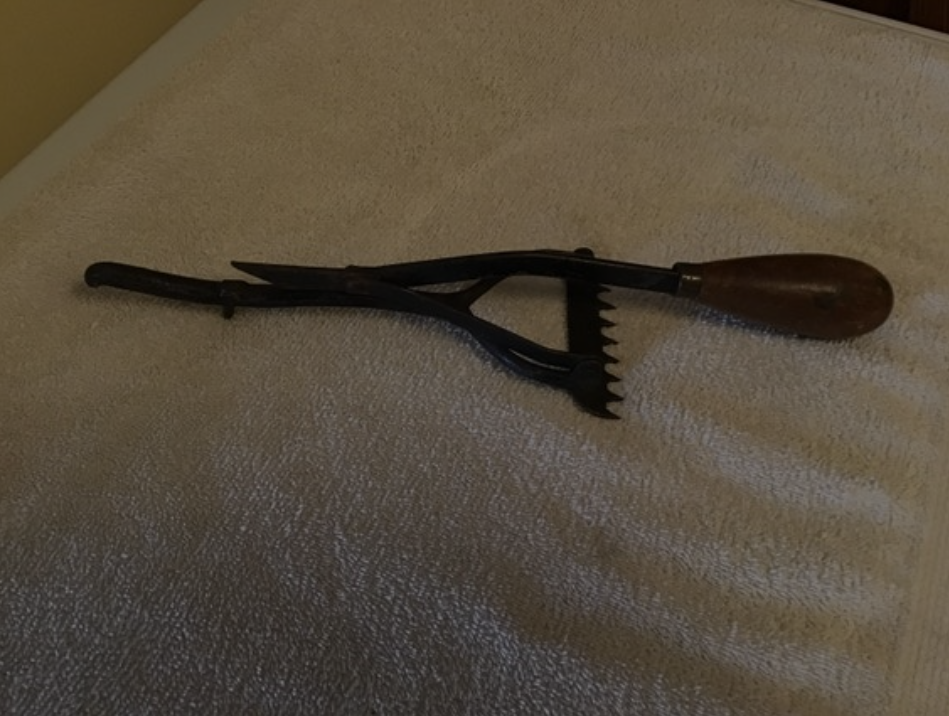
The Origins of the Carpet Stretcher
The carpet stretcher emerged in the late 19th and early 20th centuries, a period when the installation of carpets was a labor-intensive task requiring precision and manual effort. At the time, homes were being adorned with carpets as a symbol of comfort and style, and having a perfectly stretched carpet was vital to achieving a polished look.
Early versions of the carpet stretcher were crafted from wood, designed to assist installers in pulling the carpet taut across the floor. These stretchers ensured the fabric lay flat, eliminating unsightly wrinkles or bubbles. As industrialization progressed, the introduction of metal components enhanced the tool’s functionality, allowing for more precise stretching and longer-lasting results.
Evolution of the Carpet Stretcher Design
By the mid-20th century, the carpet stretcher had become a standard tool in professional carpet installation. As carpets gained popularity in homes and commercial spaces alike, the demand for tools that could ensure a smooth finish grew. Early wooden designs gave way to metal stretchers that were sturdier and more durable.
Innovations in design also meant that carpet stretchers became easier to use. Adjustments were made to accommodate different types of carpets and varying room sizes. This evolution in design reflected the growing importance of not only functionality but also the efficiency and ease of installation.
Modern advancements in carpet installation may have introduced power tools and sophisticated equipment, but the basic principles of stretching a carpet remain rooted in the original designs of vintage stretchers. The goal has always been the same: to create a seamless, tight fit across the floor.
The Importance of Precision in Carpet Installation
So, why was the vintage carpet stretcher such an important tool? Quite simply, it ensured that carpets were installed without imperfections. A loose or improperly stretched carpet can lead to a host of problems, from uneven surfaces to wear and tear.
A carpet stretcher works by pulling the carpet tightly across the floor so that it adheres properly to the underlying tack strips or adhesive. This prevents wrinkles, bubbles, or other imperfections that can not only affect the aesthetic but also cause premature wear.
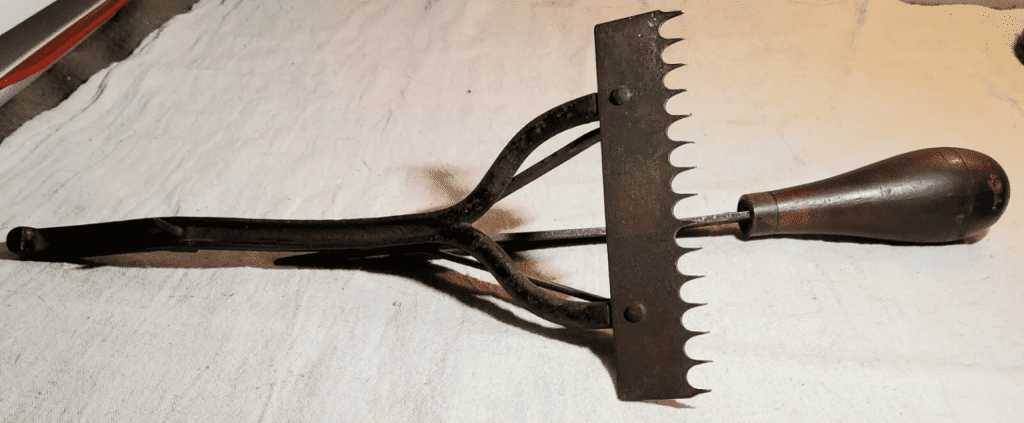
The tool typically has two main components: the head and the handle. The head grips the carpet, while the handle applies the necessary force to stretch it. The stretching process is critical to making sure that the carpet is smooth, durable, and perfectly fitted to the space. This is why professional installers rely heavily on stretchers—both vintage and modern—to achieve the best results.
Craftsmanship and Skill: The Legacy of the Vintage Carpet Stretcher
While modern carpet installation tools have certainly made the job easier, there’s something to be said about the craftsmanship and skill that was required when using vintage stretchers. Before the advent of power tools, carpet stretching was a hands-on, meticulous process. Installers needed to have a keen eye for detail and the physical strength to properly stretch and secure carpets.
The vintage carpet stretcher symbolizes this era of craftsmanship. Installers would carefully measure and position the carpet before manually stretching it across the room, ensuring that every inch was taut and perfectly aligned. It was a labor of love, and the results were a testament to the skill of the installer.
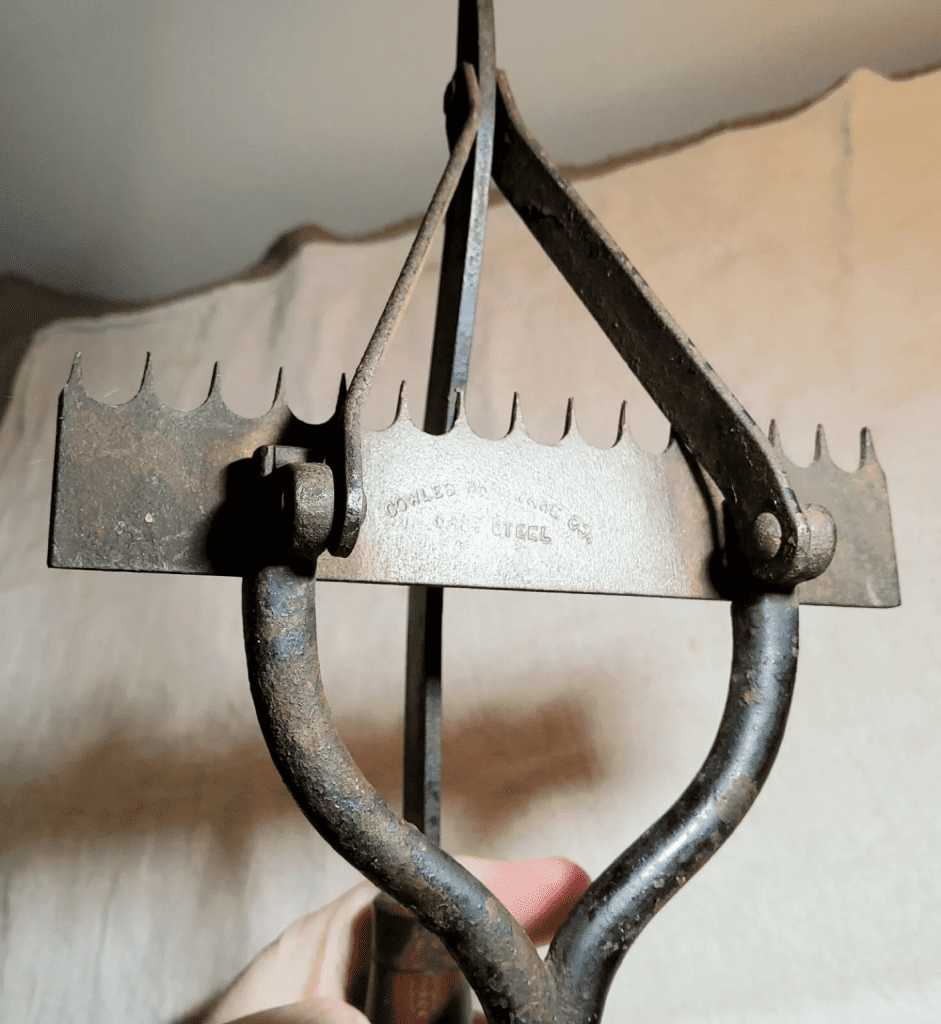
For many, these tools represent more than just an artifact of the past. They embody the dedication, effort, and expertise that went into making a home look and feel complete. It’s no surprise that collectors, restorers, and home decor enthusiasts have taken an interest in vintage carpet stretchers, appreciating them as both a functional tool and a piece of history.
Collecting Vintage Carpet Stretchers
Today, vintage carpet stretchers are not just tools—they are collectibles. Enthusiasts and collectors seek out these tools for their historical significance, craftsmanship, and connection to the evolution of home decor. Often made from a combination of wood and metal, vintage stretchers carry with them the stories of countless homes transformed by the skill of their users.
For restorers and preservationists, vintage carpet stretchers hold a unique appeal. They serve as a reminder of how far the industry has come and highlight the advancements that have been made in the world of interior design and installation. Yet, even as technology has evolved, the core principles behind carpet installation—precision, attention to detail, and craftsmanship—remain the same.
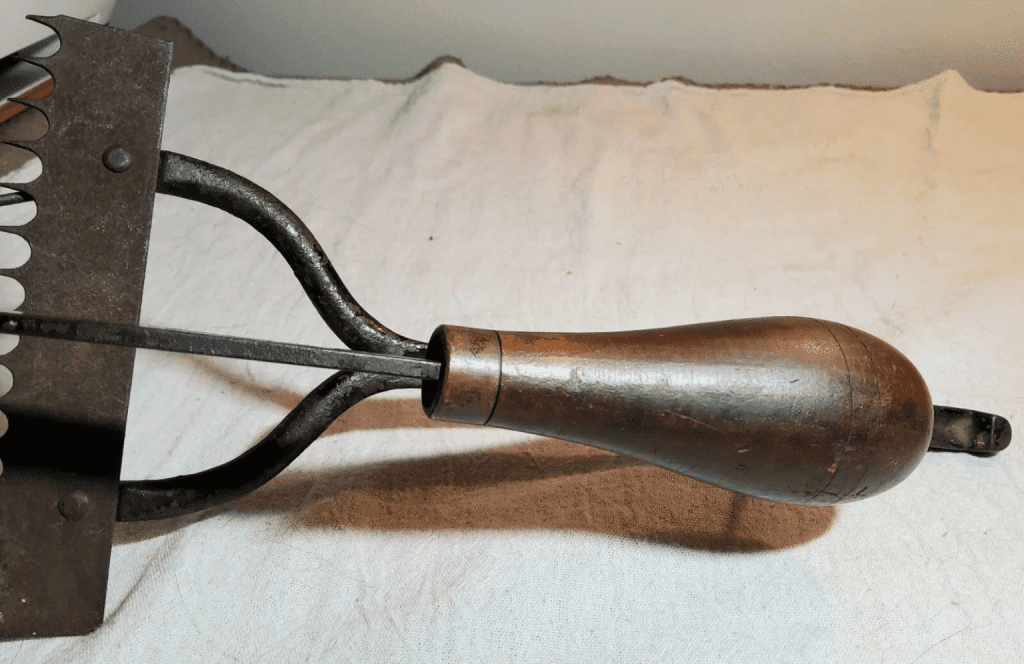
Whether used for display, restoration, or education, these vintage tools are celebrated as icons of a bygone era when manual labor and expertise were the cornerstones of a job well done.
Conclusion
The vintage carpet stretcher stands as a testament to the rich history and evolution of carpet installation. From its origins in the late 19th century to its role in homes throughout the 20th century, this tool played an essential role in ensuring carpets were installed smoothly and securely. While modern tools have streamlined the process, the legacy of the vintage carpet stretcher remains intact.
Collectors, enthusiasts, and professionals alike continue to appreciate these tools for their craftsmanship, historical value, and the stories they tell. As a symbol of precision and dedication, the vintage carpet stretcher continues to hold a special place in the history of home decor and craftsmanship.


